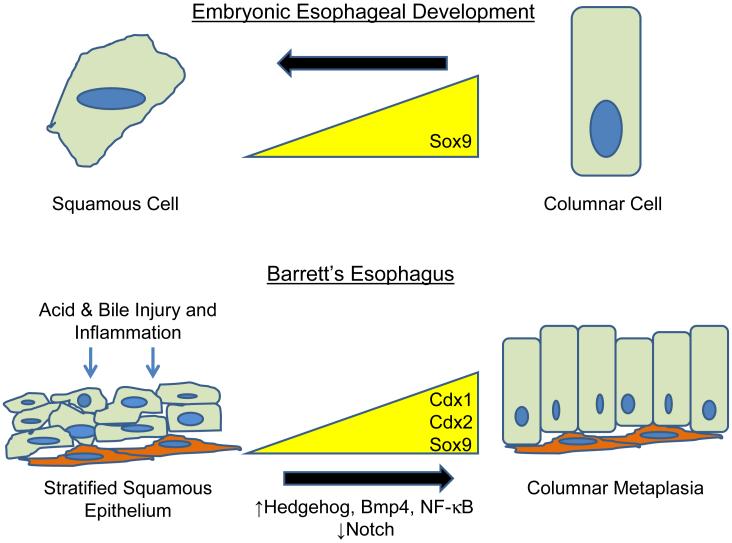Figure 1. Phenotypic changes in esophageal epithelium occur during normal development and Barrett’s esophagus.
During esophageal development (top), the embryonic esophagus is initially lined by columnar epithelial cells expressing the transcription factor Sox9. As the embryo matures, the esophageal epithelium transitions into a stratified squamous epithelium that does not express Sox9. In Barrett’s esophagus (bottom), the stratified squamous epithelium is exposed to acid and bile acids. The ensuing inflammation and injury repair response activate signaling pathways such as Hedgehog, Bmp4, and NF-κB and downregulate Notch signaling. These signals lead to increased expression of Cdx1, Cdx2, and Sox9 which induces columnar metaplasia.

